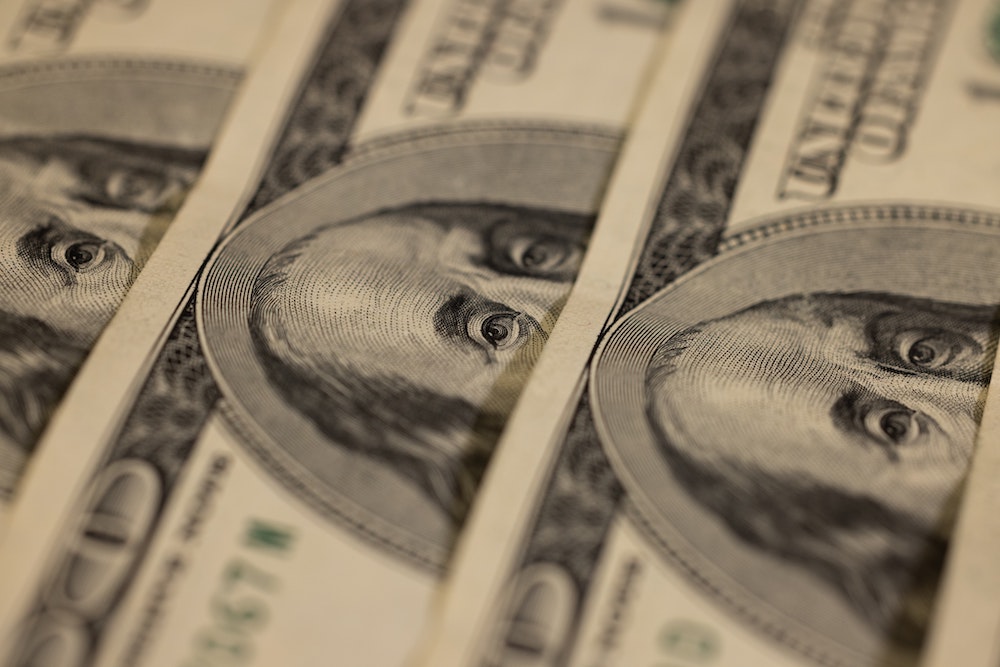Experts Offer Advice As Inflation Becomes A Constant Reality

Unsplash.com // Photograph by Engin Akyurt
Whether it’s a plane ticket, a cup of coffee or a logo-printed stress ball, prices everywhere are going up.
“Inflation in the U.S. is rising very quickly. It seems to be everywhere,” says Dana Peterson, chief economist and leader of the U.S. Economy, Strategy and Finance (ESF) Center at The Conference Board. On Thursday, The Conference Board held a media briefing about U.S. inflation trends, discussing key drivers and what to expect ahead.
In December, prices for U.S. consumers jumped 7% compared to a year earlier, the highest inflation rate Americans have seen since 1982. After months of strong gains in wages and salaries, inflation is partly neutralizing the pandemic recovery. On Wednesday, the Federal Reserve announced plans to raise interest rates in March after dropping rates to zero in 2020.
Rising costs are forcing promotional products buyers to make some choices. Andrew Spellman, vice president of corporate markets for supplier Therabody and a PPAI board member, says, “The reason the Fed will raise rates is to ‘cool off’ the economy and keep inflation in check. While it may cause some delays in the decisions of some business owners to make certain investments, our industry’s products are an extremely important part of the marketing mix and will still have their place in the budgets of most, if not all, who use promotional merchandise consistently.”
Peterson says some inflation is temporary while other pressures will remain. “Into 2023, the Fed will likely hike rates four or five times this year, and it will also potentially start reduction of its balance sheet,” Peterson says. For CEOs and other C-suite executives in North America, Latin America, Asia and Europe, inflation is becoming increasingly worrisome. A survey by The Conference Board found it ranked at No. 2 on their list of concerns—behind only the pandemic. At the beginning of 2021, it was No. 22.
Despite these concerns, a survey by PricewaterhouseCoopers found CEO optimism to be at a 10-year high. Spellman says, “I still believe the economy is strong. Consumer spending during the holiday shopping season was up 16.5% over prior year, and while that will naturally slow over Q1 in 2022, I think this is a strong reflection of consumer confidence and the willingness to spend.”
Structural and policy-oriented factors will continue to drive inflation. Persistent pressures like semiconductor chip shortages, millennial housing demand, supply chain bottlenecks and labor shortages are enduring. “Prices are still going to be rising,” Peterson says. “It’s just the year-on-year rates—are they going to slow in their pace? And we think, yes, they will slow. But, in terms of peaking, we may not be there just yet.”
When it comes to labor shortages, experts say there’s a shift. “We saw labor shortages driven by the pandemic, but now we are seeing labor shortages driven by a very low unemployment rate,” says Gad Levanon, head of The Conference Board’s Labor Market Institute. “Now, it is 3.9% and we could probably reach 3% by the end of the year, which will be a 70-year low. I think this is the new normal—even after the pandemic—a very tight labor market for the foreseeable future.”
To prepare for future labor shortages, Levanon says businesses can do a lot. “They can raise wages and benefits, start internship programs, improve recruiting and allow more flexible work policies,” he says. As companies focus on recruiting and retaining employees, promotional products will be more valuable.
“Inflation is certainly a concern and will continue to put a strain on the labor market across the U.S.,” says Pierre Montaubin, senior vice president for product management and sourcing at Koozie Group. “As far as customer behavior goes, many companies reaped the benefits of a growing economy in 2021, and we believe the same is in store for 2022. Organizations continue to invest in their brand image and equity. Additionally, they want to reward loyal employees with recognition gifts that are useful and long-lasting.”

